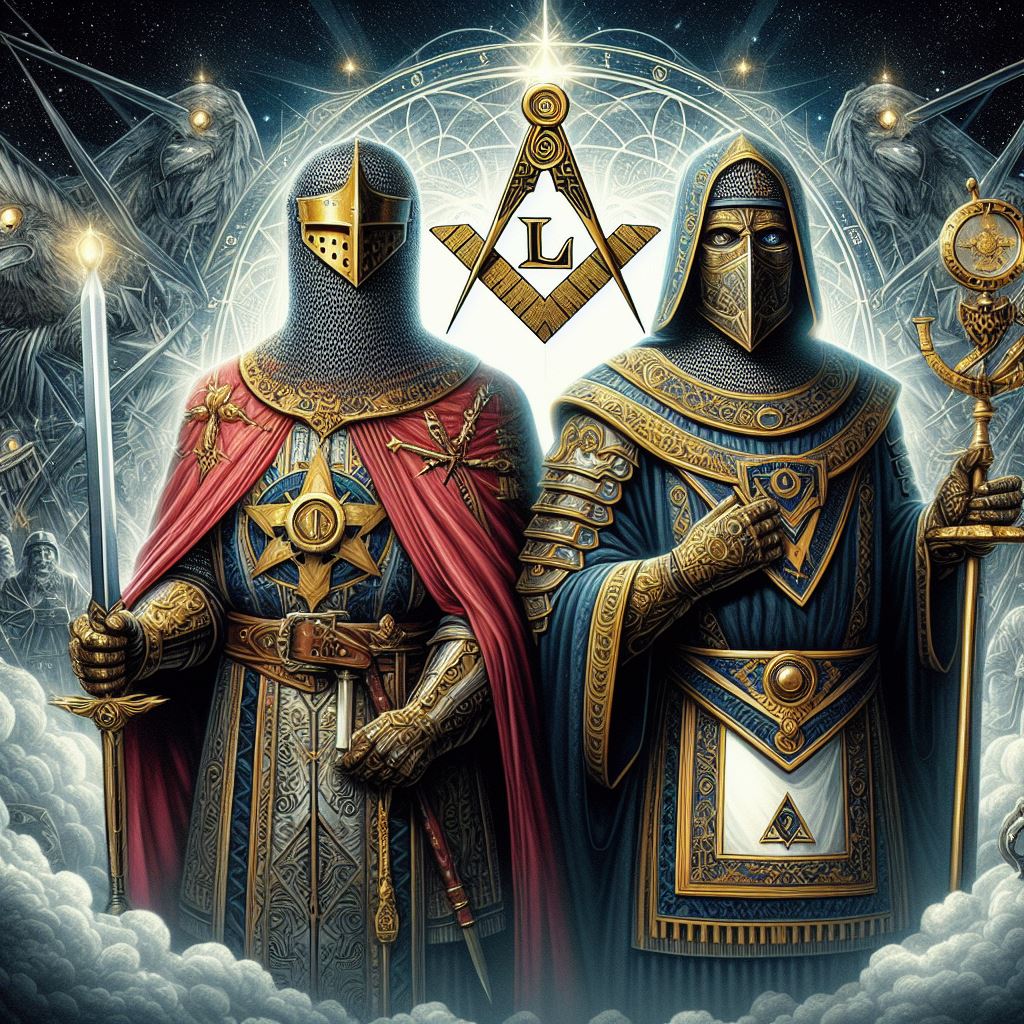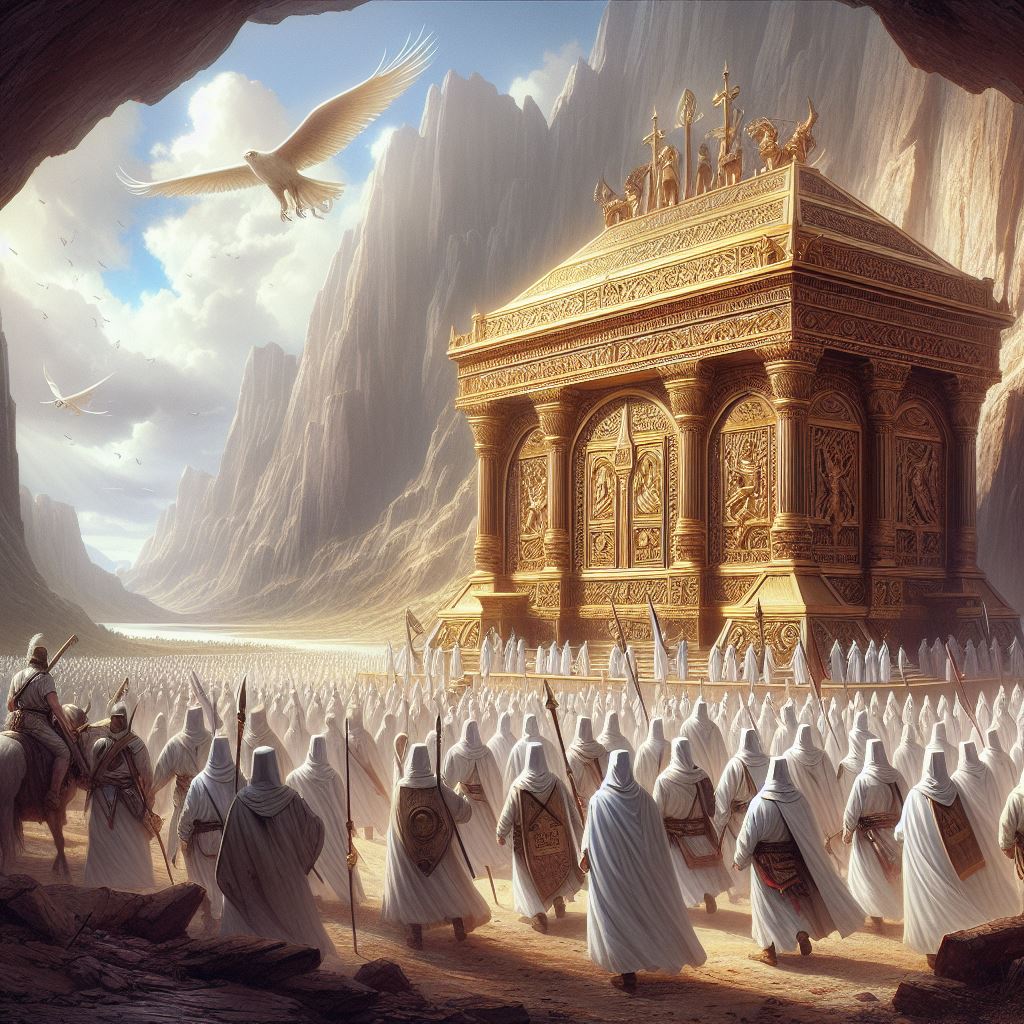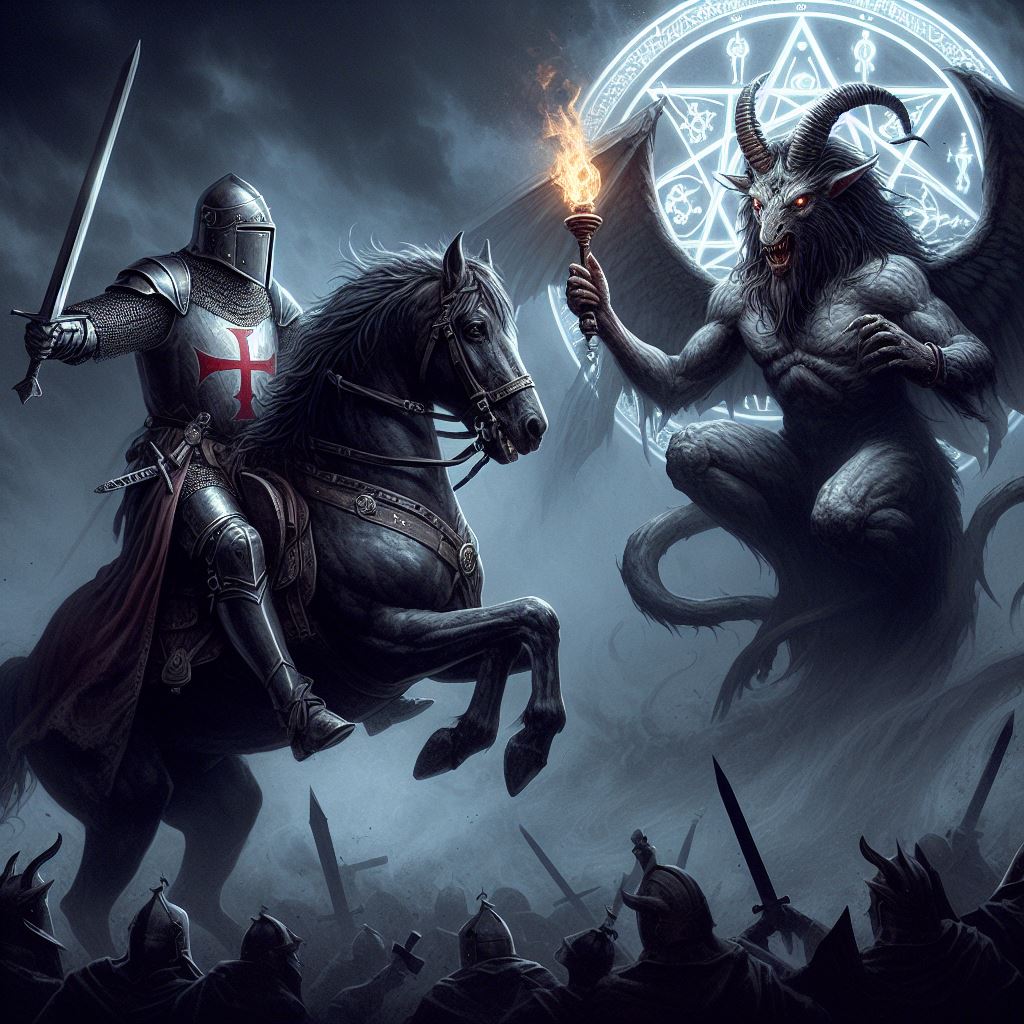This week sees the official launch of Quest for the True Cross – my Templar adventure, which you can download HERE. I’ve been asked certain questions over and over – and in case you can’t get hold of me this week, here are some quotable answers.
Will this be a Dan Brown type book?
Absolutely not! From day one, when I started work on this two years ago, I wanted to ground a story about the Templars in the medieval period. There is mystery, adventure and suspense – but all seen through the eyes of 12th century Templars, Moors, kings, bishops and Saracens.
Tell us about the main character?
Sir William de Mandeville is based on a real person – the son of the first Earl of Essex who did indeed end up in a coffin suspended above the ground in an apple tree as I describe. William is forced to return from the crusades in the Holy Land and in modern terms is suffering from something like post traumatic stress. This being the Middle Ages though, he thinks he possessed by a demon. Finding his father hanging in a tree doesn’t improve his mental state and propels him on a quest. This is the key theme of the book – William’s struggle to win back his family honour and hold on to his sanity.
What about his companion Pathros?
He’s an important character. A Syrian Christian whose family has fallen victim to the invasion of the Seljuk Turks. Pathros’ father is imprisoned in a dungeon never to be seen again. He leaves Saracen-controlled Aleppo to make a life for himself among the crusaders in Jerusalem. But even though he is taken in by the Templars as a ‘turcopole’ – an auxiliary – his background precludes him ever becoming a full knight. Pathros is stuck between two worlds: he’s rejected by the Saracen east because he’s not a Muslim and he’s rejected by the crusader west because he’s a Syrian and his version of Christianity is viewed as heretical.
You say this book will disappoint those on the far right who have tried to appropriate the Templars for themselves?
Oh yes. If Norwegian mass killer Anders Breivik thinks killing children at a summer camp bears any resemblance to the Knights Templar then he’s as deluded as most sane people think he is. The Templars were not sociopathic, murderous loners – they were very much a part of medieval society operating at its highest echelons. They were bankers, farmers, politicians, monks and warriors.
So how do you depict the Middle Ages?
I show all the political dirt, the intriguing, the violence and the massive upheavals that shook people and destroyed their lives. William lived in a world where Constantinople was still the greatest city and trade was conducted between Cairo, Cordoba, Paris and London. It was a much more globalised place than we sometimes imagine. Christian western Europe was establishing its ascendancy over the Islamic south and the Byzantine east. The balance of power was about to be hugely altered.
Is it full of battle action?
From the start, you’ll get plenty of war! But it’s the last hundred pages and the taking of Al-Usbuna that will have you on the edge of your seat. William fights alongside the great heroes of Portuguese history – Dom Afonso Henriques, Geraldo Geraldes Sem Pavor, Gualdim Pais, Hugo Martins, Martin Moniz and Pedro Pitoes. I don’t portray them all sympathetically and I might upset some readers with my depictions of these characters. But it’s a warts and all read and neither side – Christian or Muslim – comes out of it unblemished.












Reblogged this on hermetic order for humans and commented:
I haven’t read Tony’s book yet — I don’t have a portable book reader — but I’ve been reading his blog. He’s done an incredible amount of research, similar to James Michener in that sense. Hermetic opine is that many of the Templars were indeed Hermetic adepts, so interesting from that perspective as well.